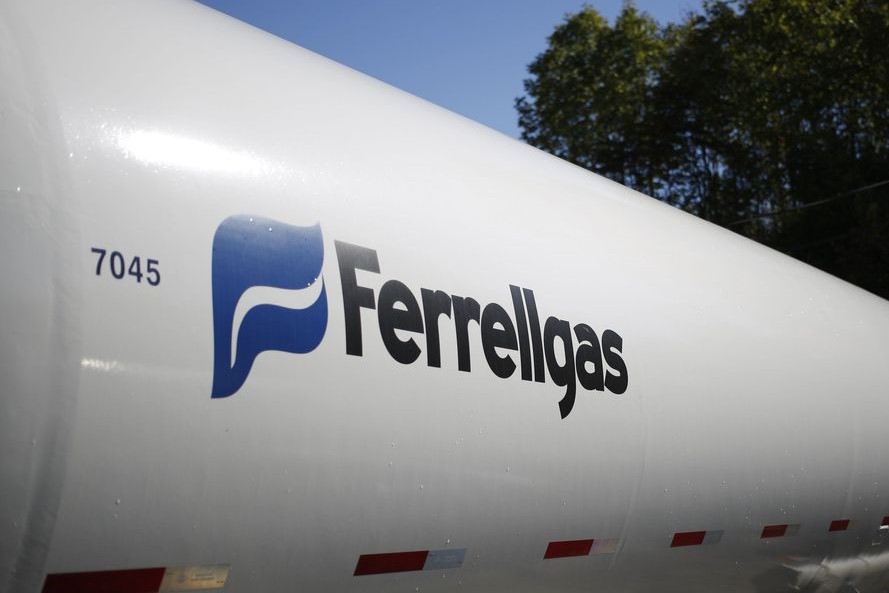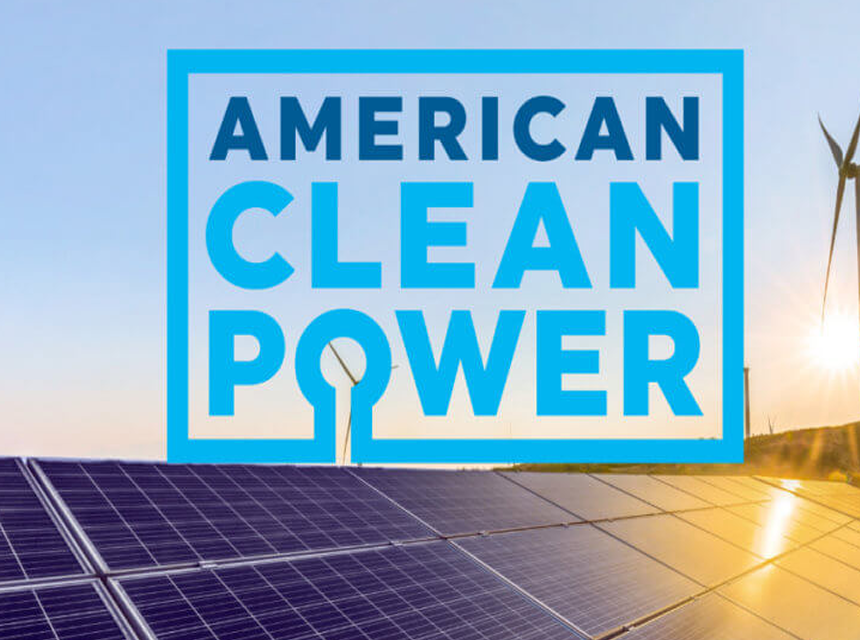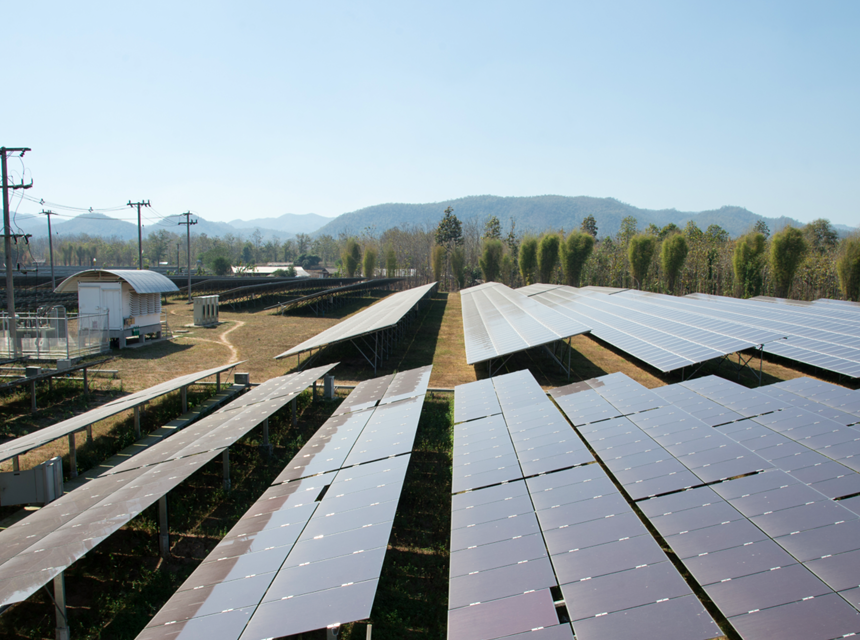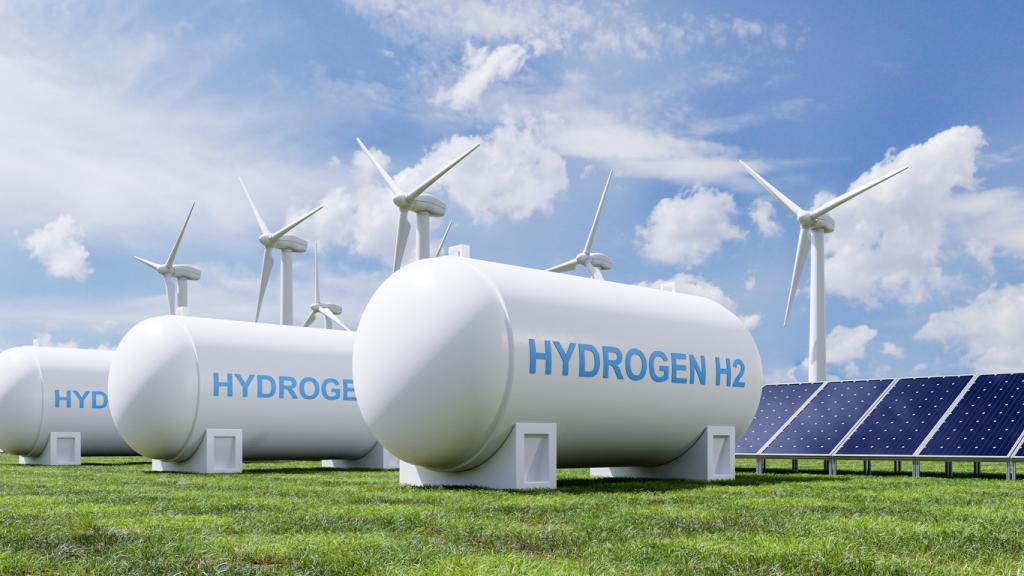
Fuel is what keeps our planet fully functional and helps carry out daily tasks that involve the use of machines. We experience the utilization of fuel even as kids, such as riding the bus to school. An average school bus consumes about 1700 gallons (8000 liters) of fuel every year. The exhaust from the vehicles especially something as big as a school bus is hazardous to the environment. Hence, Township High School District 221 has switched to buses which are powered by propane, a cheaper alternative to gasoline and petroleum. Reporters say that propane buses are eco-friendly and budget-friendly as well.
(CBS) — HOFFMAN ESTATE, Ill. Its school buses do not appear to be unusual, but Township High School District 211 in the northwest suburban regions claims they are ‘The Fleet of the Future.’
Marissa Perlman of CBS 2 travelled on one of the district’s propane-powered yellow buses, which have a green gate representing the green initiative of these buses. She further reports that the propane bus is noisy when it starts but becomes quiet once it starts moving. The ride is calm and quiet.
The transportation organizer of Township High School District 221 adds to the comments about propane buses by saying that it is a wonderful, comfortable, and pleasant ride and a calm ride for the kids.
The propane buses are identified by a HOFFA green bird rather than the customary black bird symbol for the Blue Bird school buses. The green bird logo on propane buses represents its environmental friendliness.
Each day, these buses travel about 9000 kilometres. The rising gasoline prices were driving up the transportation expense so the district began searching for methods to save money. So they switched to propane as fuel. The county’s campuses are located in Palatine, Hoffman Estate, and Schaumburg.
McShane claims that Township has converted more than 40% of its vehicle from gasoline to propane, intending to turn completely green by 2030. It’s a win-win situation according to McShane since switching to propane buses also cuts costs and is eco-friendly as well.
The district claims to save over $8,000 annually. McShane says “It saves money, it uses green energy, and the students adore it.” All this hype about the propane buses raised the question of why aren’t the other schools switching to propane buses too? McShane answered that a lot of people want to wait and see when it comes to new technology. Sometimes, with the new technology, things go south that’s why people like to wait and they completely accept new tech once they trust it fully.
About 22,000 propane school buses travel on American roads but a few schools still have their fleet. Township High School District 211 is one of those schools that own and run their buses. The authorities there believe the emissions and upfront expenses must make financial sense.
The chief operating officer of the district reported that the statistics and numbers were the motivating force for them to consider the lowered total cost of fuel and cheaper buses.
Compared to gasoline, propane is 50% cheaper, making the total cost of transportation affordable. AmeriGas supplies the filling station on school grounds, which the district rents from the firm every year.
Township keeps initial expenses low by replacing around 10% of its vehicles annually until all of its yellow buses are green. While the replacement of fuel with propane is not a revolutionary concept, other districts, as Township pointed out, have been hesitant to embrace the green energy movement.
One of the government’s only other townships which have completely switched to propane vehicles is located in Ottawa, Canada.





